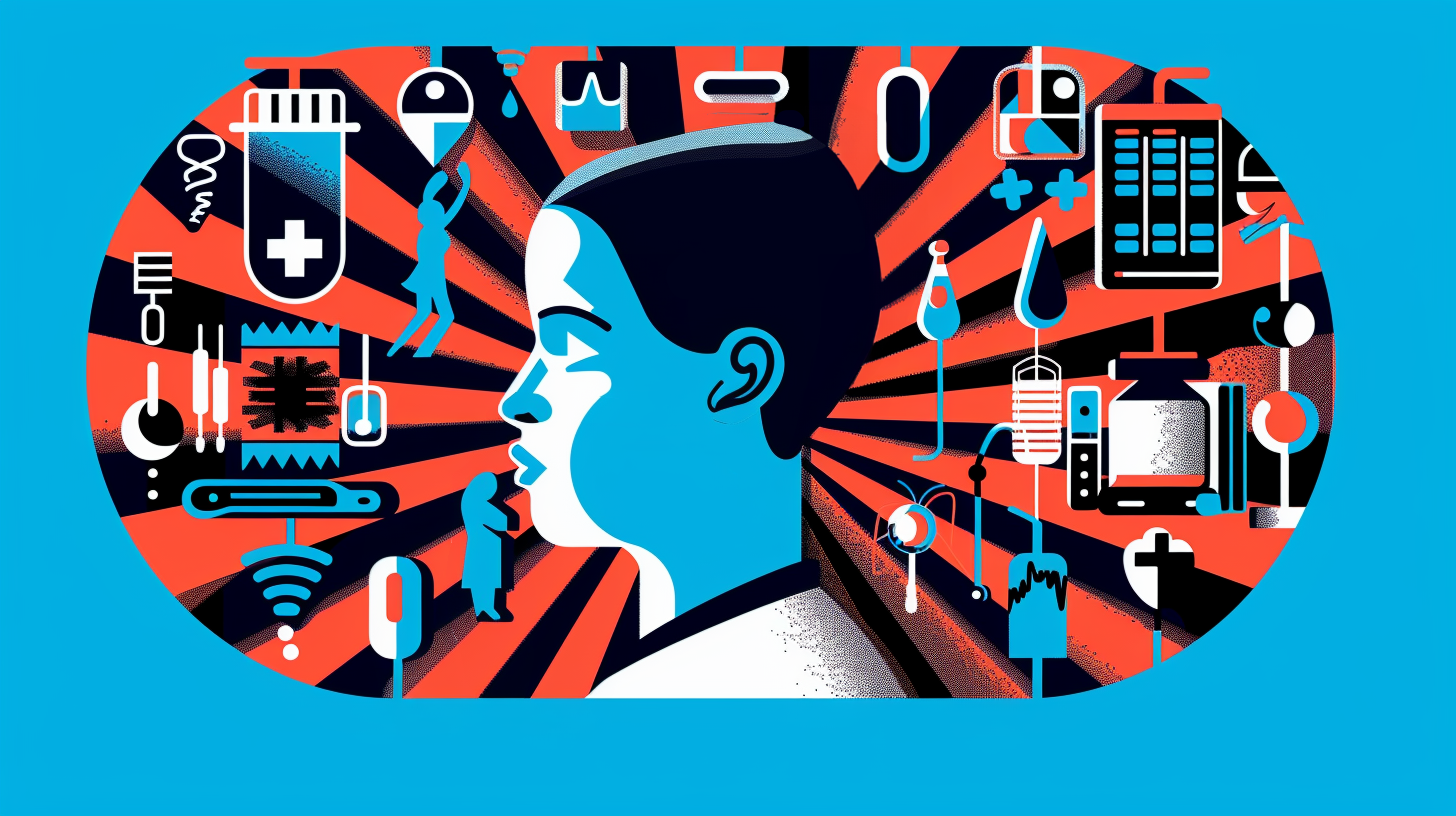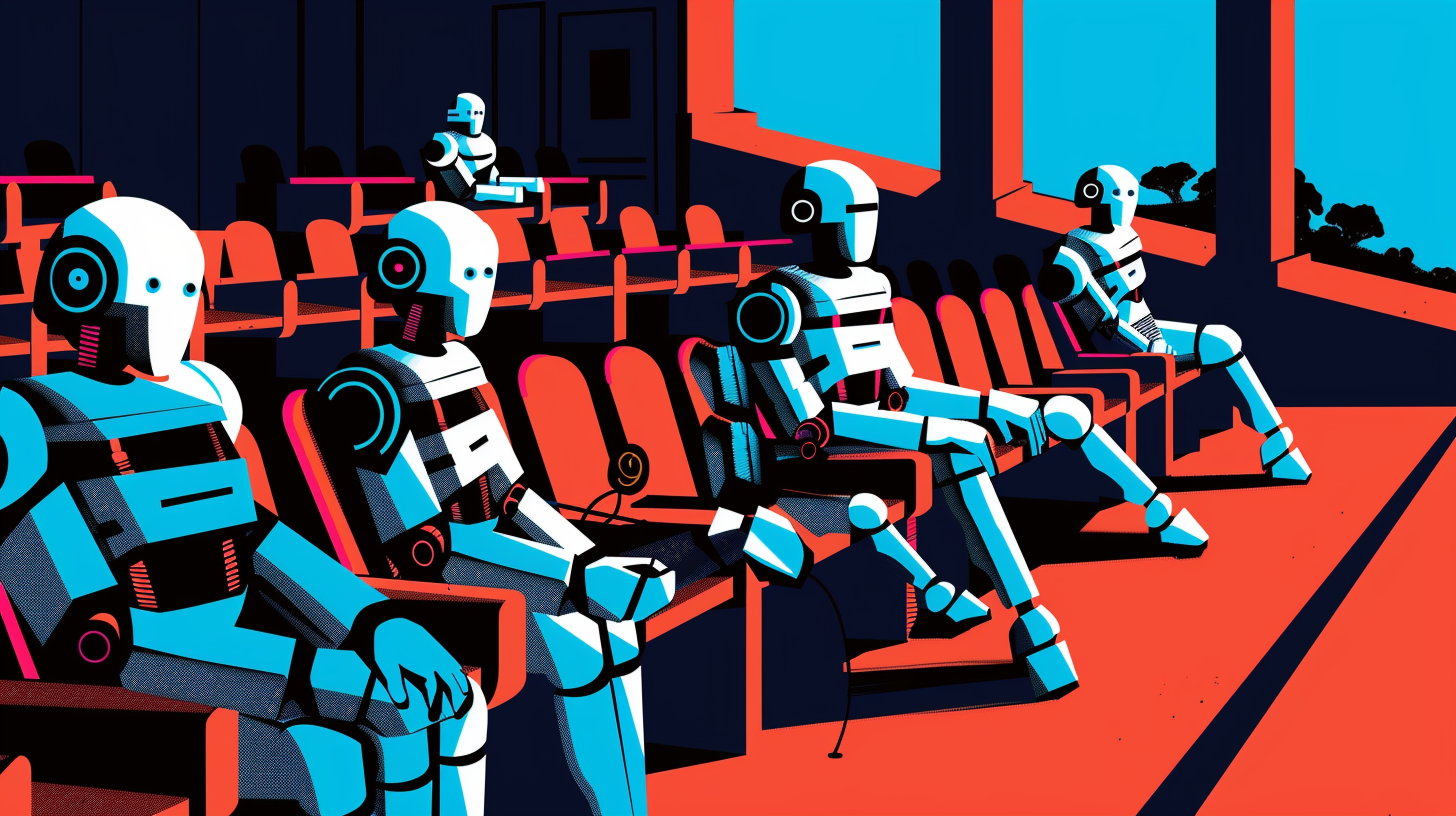You’re in a unique race right now where everyone wants to personalize more, and yet no one knows exactly where the finish line is. And as you’re racing, there’s rumor of a terrifying PHI monster waiting to jump out and halt your progress.
The Insider’s Guide to Innovation at Microsoft demystifies how innovation happens at one of the most influential companies in the world. And, as featured in the book, a key part of that how is rooted in the psychology of behavior change outlined in White Rhino’s B2Me framework.
READ MORE
Last week, OpenAI released Operator, an AI agent that can use the web to perform tasks for you. As a Pro user, I got first access and decided to try this thing out on the stuff I know best - hospital websites.
READ MORE
You don’t need a crystal ball to tell me what’s coming next in healthcare marketing. As most marketers here know, just look at B2B and B2C - you’ll see the tools and technologies coming into our industry.
READ MORE
I have lots of conversations with hospital and healthcare leaders about patient empowerment. And for years, those conversations have centered on finding ways to help health systems offer educational, financial, and administrative resources through better digital experiences. In other words, using technology to give patients greater control over their own health experience.
READ MORE
READ MORE
Last week I saw a quote that resonated with me:
“All behavior makes sense with enough information.”
It’s a simple way of illustrating the B2me approach we use at White Rhino. Behind every choice or belief is a person with a history of personal and emotional experiences. And the actions we take - no matter how they come across to other people - are a result of those experiences.
READ MORE
Knowledge built on knowledge is what separates human beings from all other creatures on the planet. In large part, the current lives we enjoy are thanks to millenia of cumulative knowledge.
READ MORE
SUBSCRIBE
sign me up for news, inspiring creative, and other updates (privacy policy)
POST TOPICS
- Healthcare (50)
- Strategy (44)
- Best Practices (27)
- Technology (26)
- B2Me (24)
- Digital Marketing (24)
- Copywriting (20)
- Addictive Experience (14)
- B2B (13)
- Creative (10)
- Experts (9)
- Addictive Marketing Podcast (8)
- healthcare revenue generation (7)
- Behavior Change (6)
- Content Management System (5)
- Gamification (5)
- CMS (4)
- Lead Generation (4)
- Advertising (2)
- Branding (2)
- Journey Mapping (2)
- Lead Nurture (2)
- Market Research (2)
- Sustainability (2)
- AR (1)
- Augmented Reality (1)











